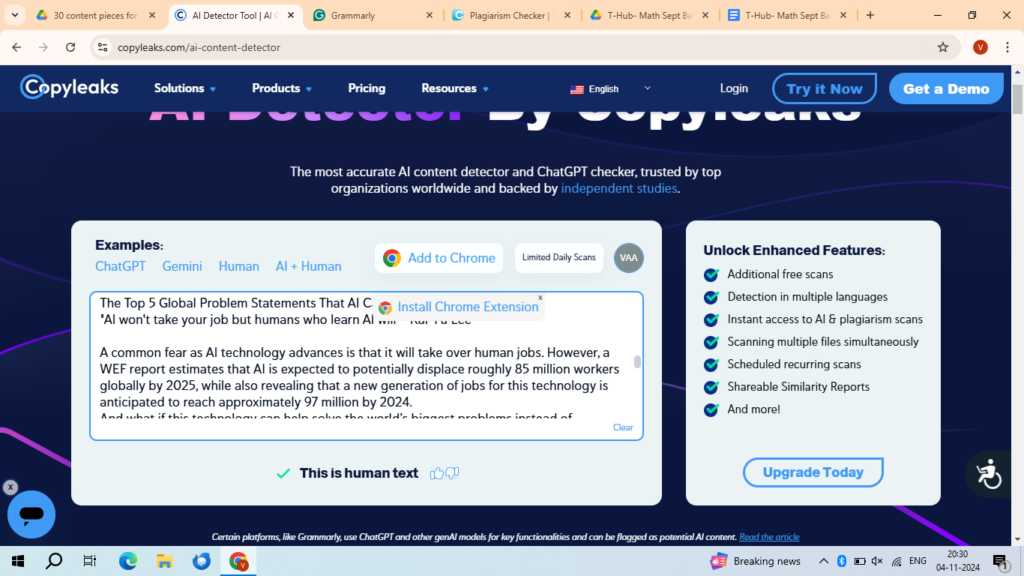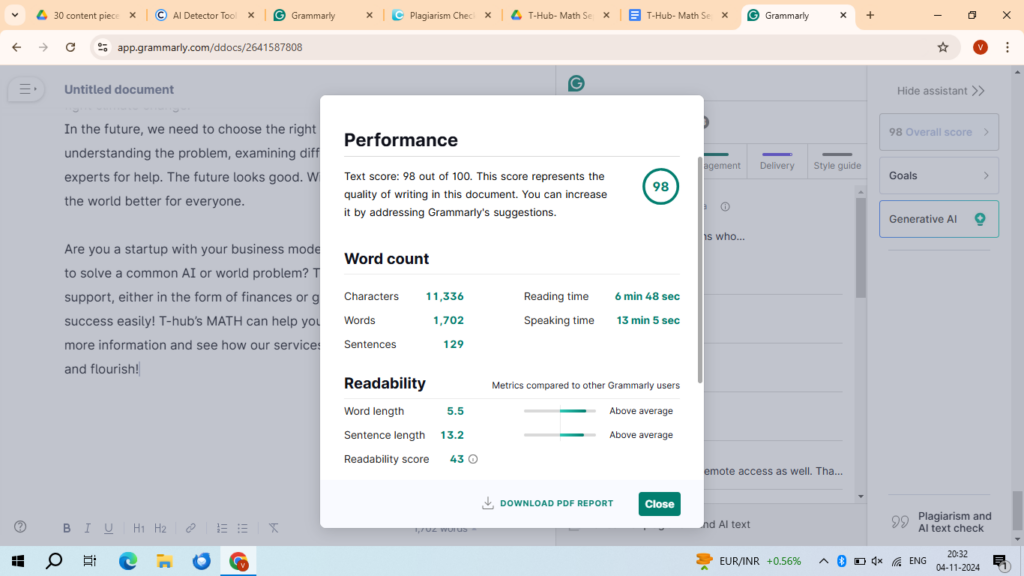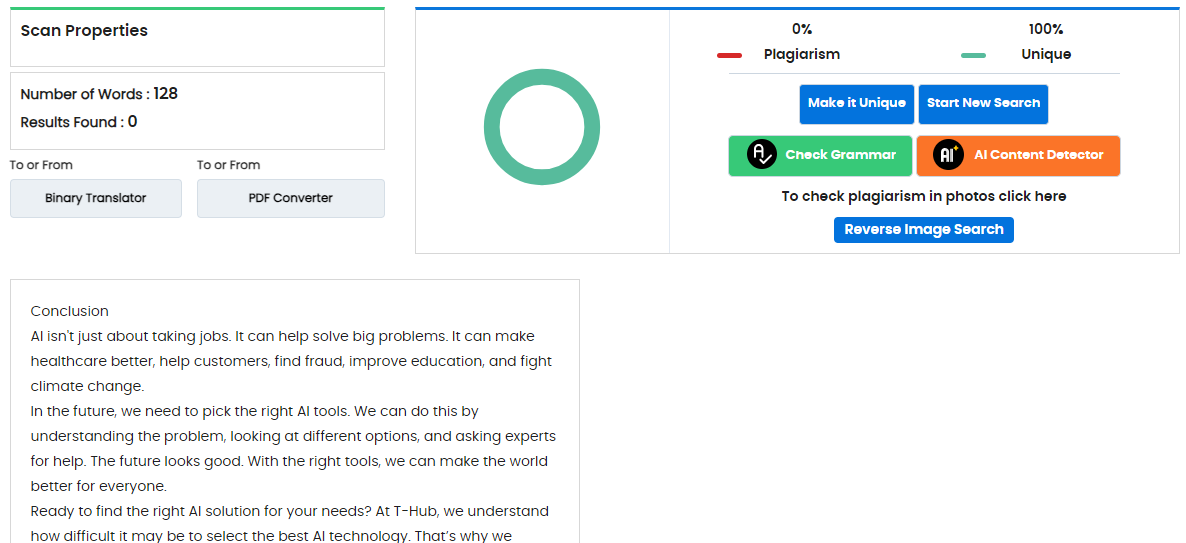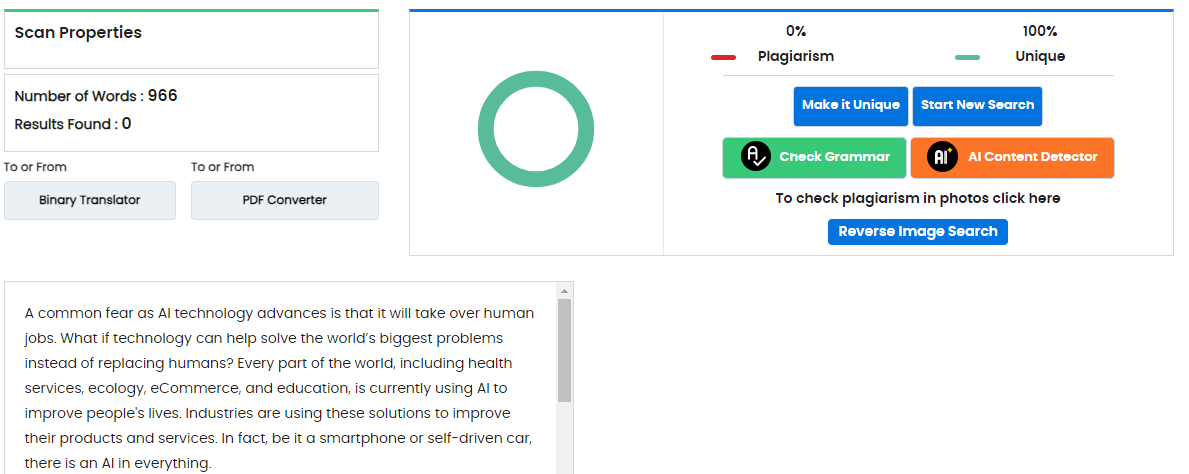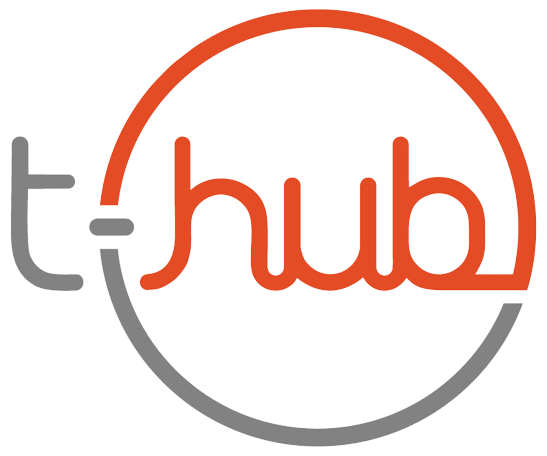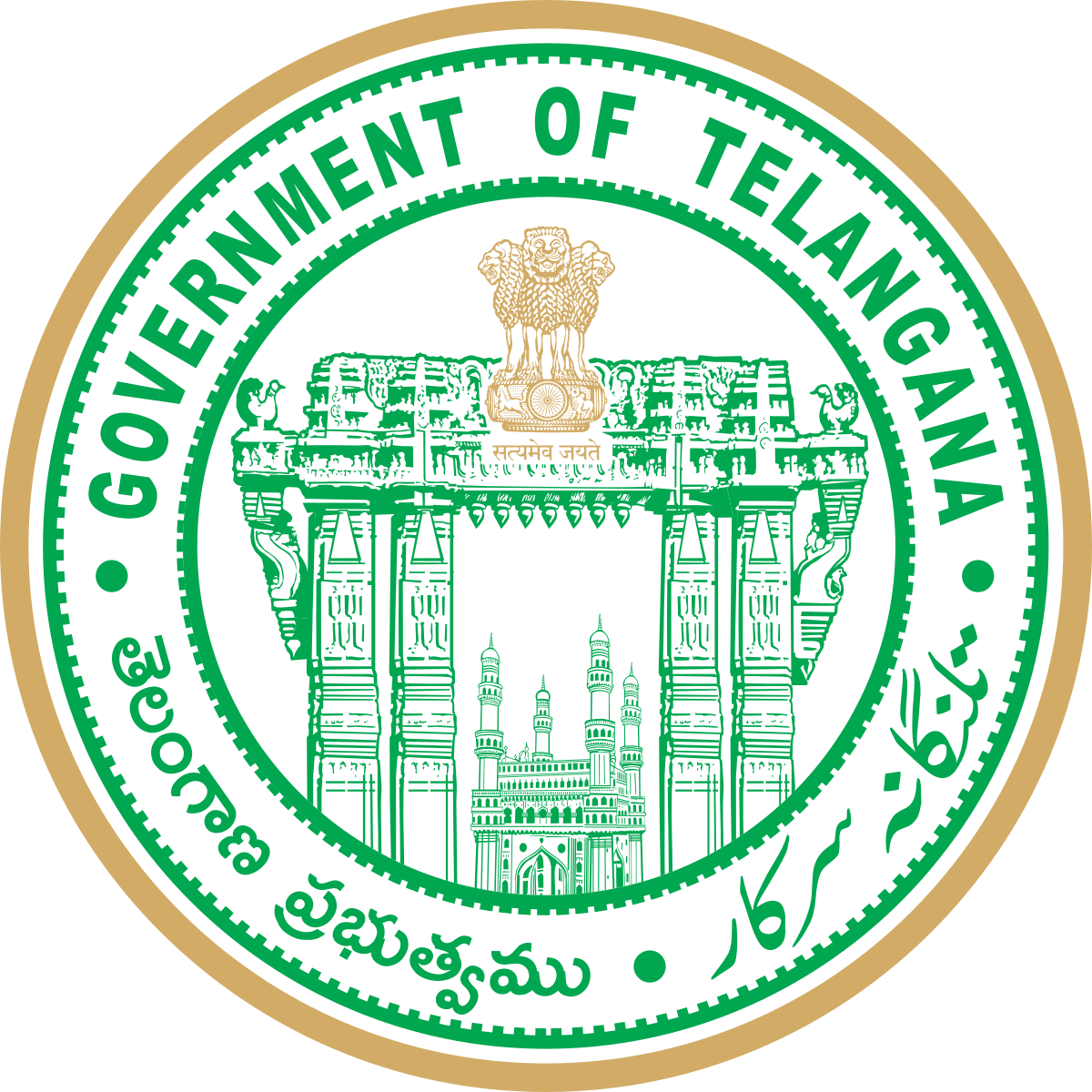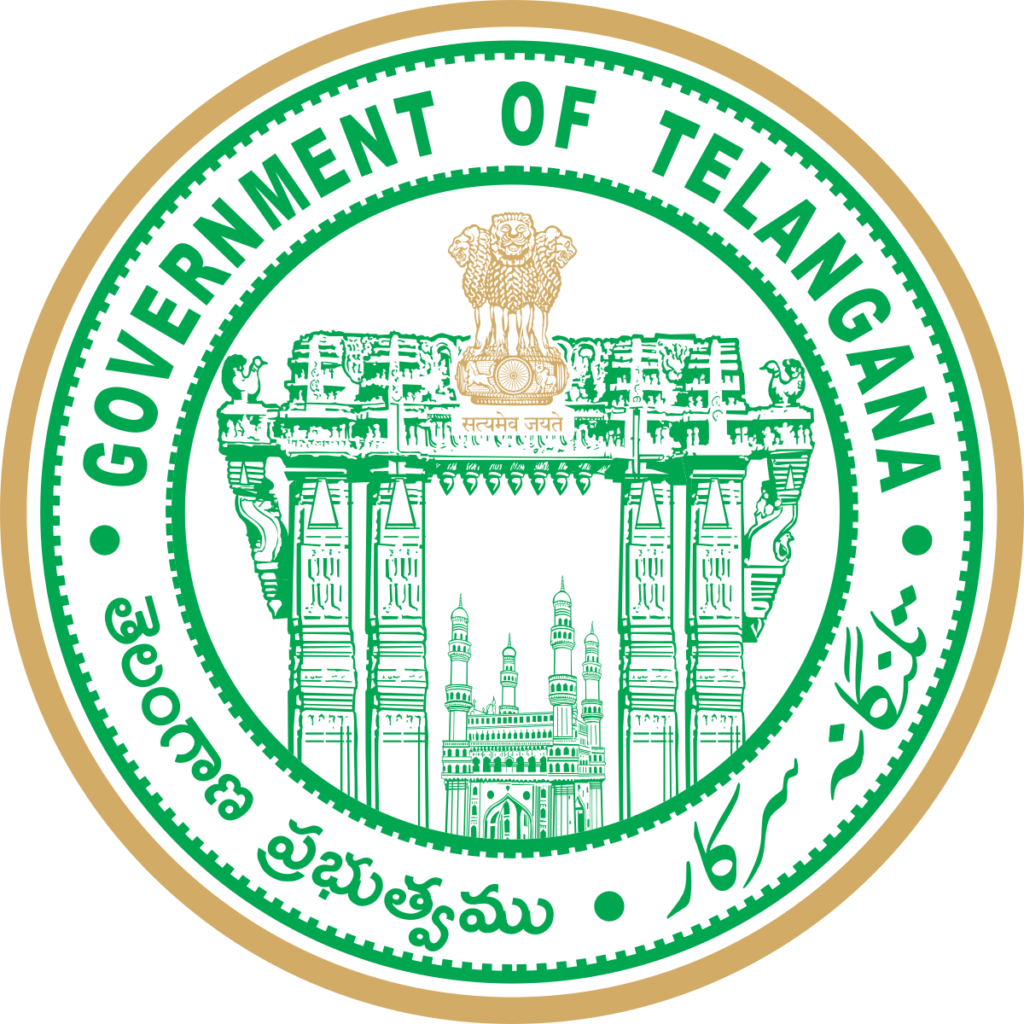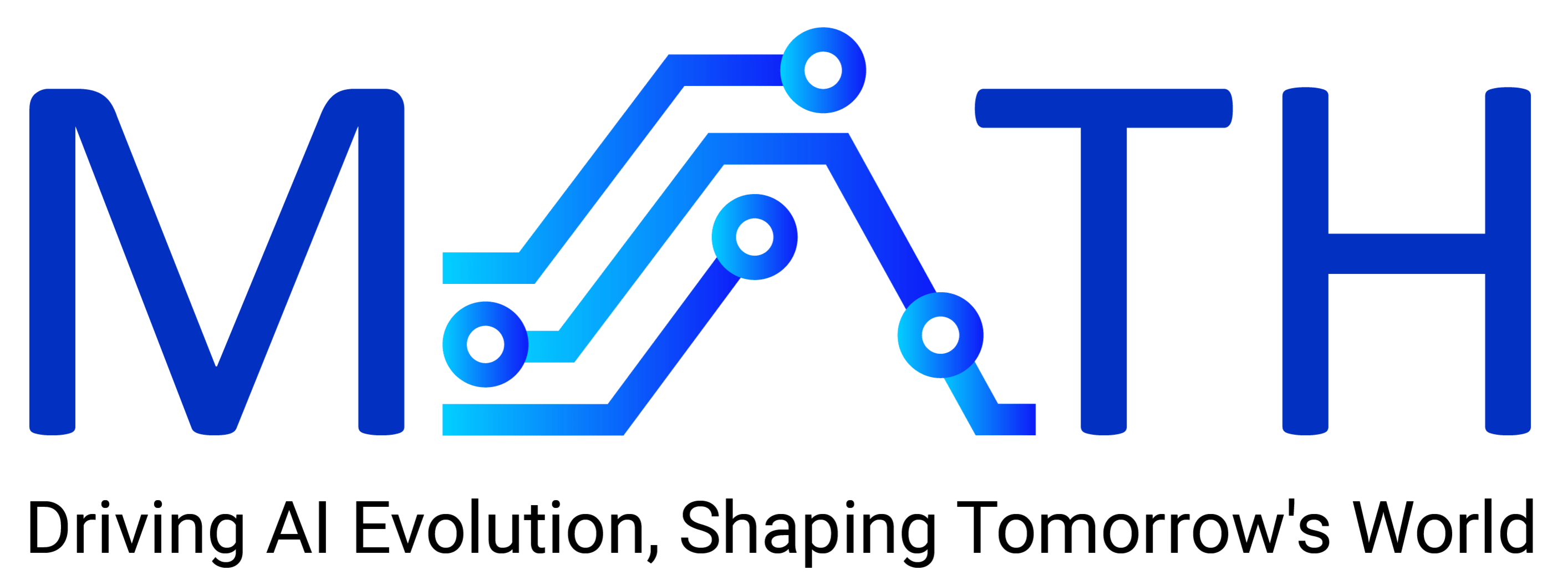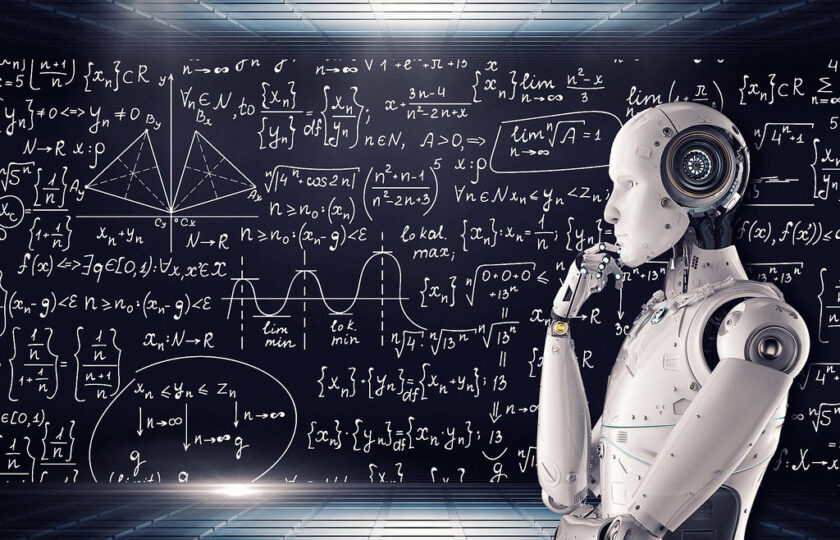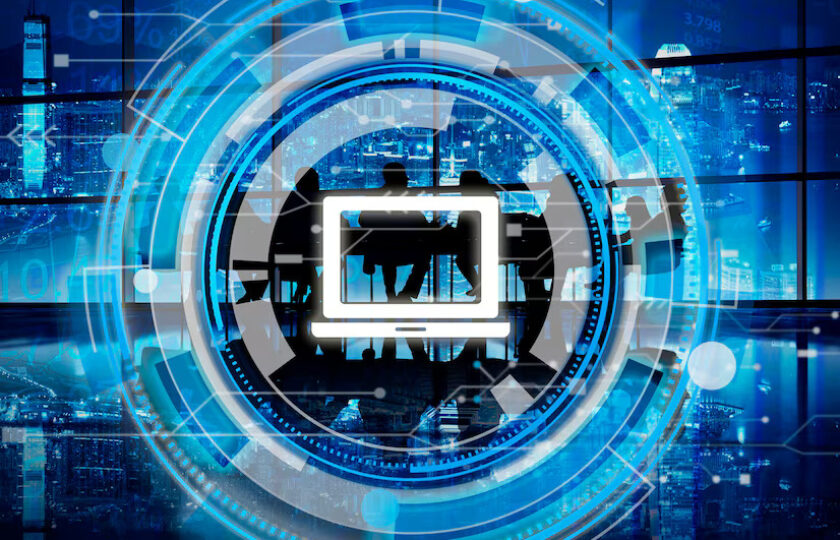The Top 5 Global Problem Statements That AI Can Solve
A common fear as AI technology advances is that it will take over human jobs. A WEF report estimates that AI is expected to potentially displace roughly 85 million workers globally by 2025. It also reveals that a new generation of jobs for this technology is anticipated to reach approximately 97 million by 2024.
And what if this technology can help solve the world’s biggest problems instead of replacing humans? Every part of the world, including health services, ecology, eCommerce, and education, is currently using AI to improve people’s lives. Industries are using these solutions to improve their products and services. In fact, be it a smartphone or a self-driven car, there is AI in everything.
This allows you to get a glimpse into how worthwhile AI solutions could become in the long run. So, let’s discuss the five common global problems that AI can solve for you.
5 Global Problems AI Can Solve for a Better Future
The following list highlights five critical global challenges that AI technology is all set to address:
1. Access to Quality Healthcare and Timely Diagnosis
Healthcare undoubtedly ranks among the world’s most important industries nowadays. However, how might AI be of service in improving healthcare? Well, AI can help improve it in many ways. AI helps doctors find diseases early by analyzing various scans, like X-rays, achieving diagnostic accuracy comparable to radiologists. For example, health-tech startups supported by T-Hub’s programs are developing AI-driven diagnostic tools that enhance early disease detection, making healthcare more accessible and accurate.
For instance, Onward Assist provides a cancer analytics platform that can assist pathologists in diagnosing cancers. Using the latest image analysis and computational power, it can easily identify cancer biomarkers and reduce reporting time by 30-40%.
The healthcare industry deals with huge amounts of patient data. AI can easily work with this data, too. By studying these data, AI predicts future health problems. In drug development, AI has been instrumental in reducing discovery timelines by analyzing vast datasets. T-Hub’s initiatives nurture startups that drive such advancements streamlining data processing and accelerating medical research.
You must have seen AI-powered devices. These devices also allow remote access, which means your doctor can monitor your health from home. This technology has been particularly useful in reducing hospital readmissions through improved remote patient monitoring. Companies in T-Hub’s programs also focus on enhancing remote healthcare solutions and creating scalable technologies that cater to diverse patient needs.
For instance: Docturnal provides non-invasive, point-of-care screening for Tuberculosis and other lung ailments, a simple acoustic cough test. The patient has to cough in front of a highly sensitive microphone array (XY), and Timbre, their proprietary AI deep learning bot, analyzes the voice and generates a mobile report.
Similarly, IVT Technologies is another startup that specializes in medical devices and technologies for intensive care. They have devised a medical Intermittent Vacuum Therapy machine in which the patient with a diabetic foot lies down with the affected part inside the chamber. The therapy continues for 30 minutes every day, and after 60-70 treatments, the wound heals.
2. Sustainable Use of Energy and Natural Resources
AI can easily detect patterns, and these insights can help in understanding energy usage. With the help of prediction analysis, the AI/ML model can predict future energy consumption and optimize it to avoid waste and promote sustainability. The data centers consume a massive amount of energy to run the servers and utilize resources to keep them cool.
According to the International Energy Agency, in 2022, the data centers consumed 460 terawatt-hours (TWh) of electricity, equivalent to 2% of global electricity usage. It is estimated that by 2026, the energy consumption by data centers will increase between 650TWh and 1,050TWh, equivalent to the entire power consumption by Sweden (at the lower end) and Germany (at the higher end).
AI is not the future; in fact, it is the present. Google has implemented its artificial intelligence platform, Deep Mind, to predict when its data center will get hot. That is only when the cooling systems are triggered and activated. This initiative has helped Google to save around 40% of energy consumption used by data center cooling centers.
3. Fraud Detection
AI is the best option since it can manage large-scale demand and detect fraud attempts. By analyzing the patterns and content of emails, AI solutions can differentiate between spam and non-spam. Thus, they prevent you from clicking on harmful links. For example, Cisco’s Secure Email Threat Defense uses AI to block phishing attempts and boost email security smartly.
Similarly, AI reduces various types of payment fraud, such as card theft or copying. It scans payments in real-time to detect any suspicious activity. Mastercard is a renowned example here, as it has implemented AI-driven systems to enhance fraud detection and prevention, safeguarding transactions.
An AI solution can help you when someone uses your private data, such as credit/debit card details, bank details, and passwords, to hack your account. Experian, a leading global information services company, offers AI-based identity protection tools that help reduce identity fraud losses.
AI helps find fake accounts by checking user engagement. It looks at things like registration dates and user behavior to quickly spot suspicious accounts. Platforms like Facebook employ AI to detect and deactivate fake accounts which assists in strengthening the integrity of their user base.
A Sri Lanka-based startup, AI Web Corporation, provides innovative AI/ML solutions that help businesses strengthen their security fronts and enhance security. The solutions include AI risk management solutions, AI smart alert systems, Smart intelligence eCommerce systems, and AI-powered predictive analytics.
4. Create a Personalized Learning Experience For Every Student
AI makes learning unique for every learner. Based on your choice, you can modify lessons, learning patterns, and levels, keeping students interested and engaged. Besides, teachers can see student performance data and use it to determine which students require more assistance. AI-powered analytics tools provide educators with insights into student progress, enabling targeted interventions. According to a report by McKinsey, AI in education can improve student outcomes by up to 30%.
AI tutoring programs offer fast and personally curated help. The system can assist as soon as a student needs it, making learning more successful. AI chatbots and virtual tutors, like those developed by startups in T-Hub’s ecosystem, provide instant support, facilitating continuous learning. they are empowered to innovate and create impactful solutions in education because MATH T-Hub provides these startups with essential funding and resources.
5. Climate Resilience Analytics
AI can be used to learn more about climate change and its possible effects. AI forecasts extreme weather events by analyzing previous weather data. This aids in preparing areas for droughts, floods, heat waves, storms, etc. For example, AI models have improved hurricane intensity forecasts by 10-30%, further enriching preparedness measures.
AI assists in optimizing the use of natural resources, such as water and electricity. Thus, it guarantees climate-resilient and sustainable behaviors. For example, AI-driven systems have reduced energy consumption in smart grids by up to 10%, promoting sustainability.
AI assesses regions most vulnerable to climate change. By identifying places in danger, it allows for targeted actions. AI applications have identified climate risks in urban areas, further aiding in the development of targeted adaptation strategies.
AI is crucial to the control of disasters. It can predict potential locations for storms, earthquakes, and floods, giving people more time to prepare and be safe. Also, AI monitors events in real-time during a crisis. It directs rescue crews to the safest routes, which results in early and immediate help. AI-powered disaster response systems have reduced emergency response times by 30%, which enhances safety and resilience.
The Bottom Line
AI isn’t just about taking jobs. It can help solve big problems. It can improve healthcare, help customers, find fraud, improve education, and fight climate change. In fact, according to a report by PwC, AI has the potential to boost global GDP by up to 14% by 2030.
In the future, we need to choose the right AI tools. We can do this by understanding the problem, examining different options, and asking experts for help. The future looks good, with AI offering unprecedented opportunities to solve complex challenges and drive positive change.
Also, if you are a startup with your business model revolving around utilizing AI to solve a common AI or world problem? Then, you need some solid support, either in the form of finances or guidance, to navigate the path to success easily. T-Hub’s MATH can help you! Enroll in our programs (AI Scaleup and MATH Nuage) that empower AI/ML-based startups with the resources and guidance required to thrive in this evolving landscape.
